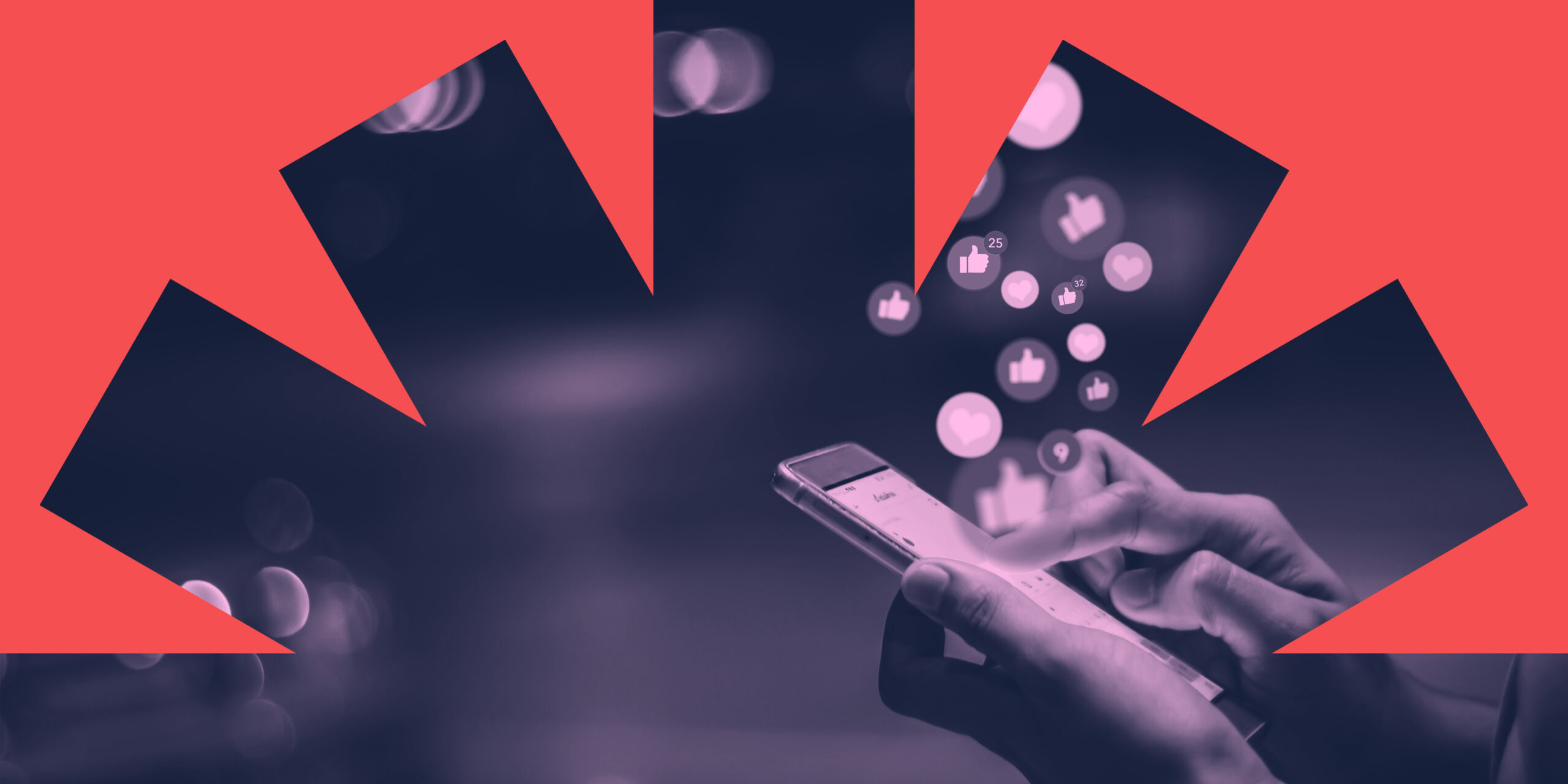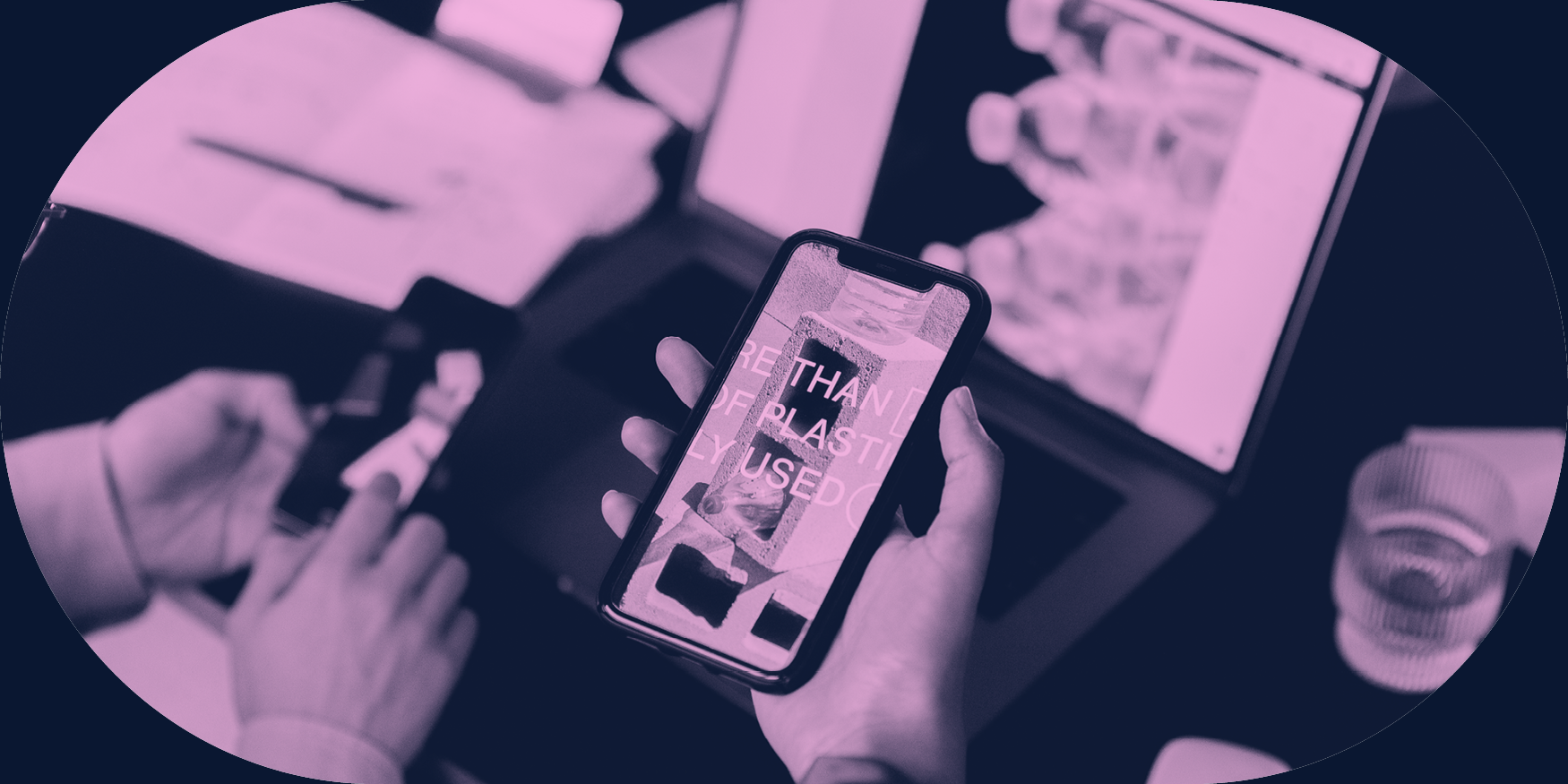
Marketing in 2025 is more dynamic than ever. As technology advances and consumer behaviours evolve, businesses are faced with a critical question: Should they invest in traditional marketing, digital marketing, or a mix of both? This article explores both approaches, highlights key trends for 2025, and helps you decide the right strategy for your business.
As the marketing landscape continues to evolve, businesses are constantly reevaluating where to invest their time, energy, and budgets. In 2025, the debate between traditional and digital marketing is still alive — but the conversation has shifted. It’s no longer about which one is better universally, but which strategy works best for your unique audience, goals, and industry.
What Is Traditional Marketing (And Is It Still Relevant?)
Traditional marketing refers to non-digital channels, effectively everything developed before 2000. It includes strategies such as:
- Television and radio ads
- Print advertising (newspapers, magazines, brochures)
- Billboards and signage
- Direct mail
- Cold calling and face-to-face sales
While most of these strategies are old, traditional marketing remains relevant. These days, you probably associate many traditional strategies with brand building. Big billboards on the side of buildings touting vague slogans like “Open Happiness” and “there’s a glass and a half in all of us”.
But many businesses thrive on traditional ads, especially in industries with older demographics, local businesses, or those operating in rural or less digitally connected areas.
In 2025, traditional methods are often used to build brand awareness, create tactile experiences, and reach customers in a more personal way.
What Is Digital Marketing (And Why It Dominates in 2025)
Digital marketing refers to any online marketing campaigns. If you see an ad on your computer, phone, tablet, or any other device, that’s digital marketing.
Of course, ads aren’t the only form of digital marketing. Videos, influencer marketing, image ads, search engine marketing, paid social ads, blogs, social media posts and more all fall under the digital banner.
If it’s online, it’s digital marketing. Here’s some other strategies you’ve probably encountered before:
- Search engine optimisation (SEO)
- Email campaigns
- Content marketing
- Pay-per-click (PPC) advertising
- Influencer partnerships
- Webinars and virtual events
In 2025, digital marketing dominates because of its precision, scalability, and data and analytics driven approach. AI-powered tools allow for hyper-personalisation and real-time adjustments, while automation streamlines campaign management and makes it easy to reach people across the globe on like TikTok, LinkedIn. There really are no limits to marketing yourself or your business digitally.
A Quick Look Back: How Marketing Has Evolved: 100 Years of Marketing History
1920s – Product-Oriented Era
The 1920s saw the effects of the industrial revolution in full swing. Companies focused on text heavy ads in newspapers and magazines, focusing on how their product was cheaper and easier to get than the competition’s.
The opinions of consumers were rarely considered. Companies were simply making as much as they could and telling people to buy.
1930s–1940s – Sales-Oriented Marketing
War and the great depression made people desperate, and desperation made selling hard. Companies invested resources into making the sale first, pressuring customers into buying more without improving quality.
New channels like TV and door-to-door sales were explored, ads became shorter and sharper, and everyone relied heavily on sales and promotions to market their products.
1950s–1960s – Direct Marketing and Segmentation
Marketing really found its stride in the 50s and 60s. Post WW2 saw a boom in consumerism, and marketers capitalised.
Market research became normalised, advertising on TV became expected, and traditional marketing barriers broke down as marketers tapped into the cultural revolution happening at the time.
1970s–1980s – Print Media
Traditional media really found its stride in this time period. Billboards, posters, catalogues, magazine, TV, radio and more were all core parts of any 80s marketing campaign.
And with more reach than ever, brands started to make strong moves, with the first McDonalds opening in Australia, Pepsi battling it out with Coke, Nike’s “Just do it” slogan all being products of the 70s and 80s.
1990s – Digital Marketing and Dot Com Bubble
Digital globalisation and the growing popularity of the internet turned the world upside down, all coming to a peak with the burst of the Dot Com Bubble.
Having an online presence became critical. Marketing was frantic, people were trying crazy things, and for a brief time, everything worked.
2000s – Internet Gold Rush
With the launch of Google AdWords in 2000 came a marketing boom like no other. People were starting to figure out what worked, and there was nothing to stop them flooding the search engine with as much marketing material as they could.
SEO, Google Ads, email and website development were all big business.
2010s – Social Media & Content Marketing
After we’d adjusted to living with the internet in our pockets, social media really started to take off.
The attention economy thrived, and engagement became king. Influencer marketing, mobile-first, Facebook ads, blogs, and marketing automation exploded onto the scene.
2020s – Data-Driven & Performance Marketing
The Now. Defined by personalisation, privacy, and purpose. Ads are tailored closer than ever to customers, and saturated markets means marketers are finding new and innovative ways to break through the noise.
AI marketing, chatbots, predictive analytics, video, brand storytelling and more are making waves, and we’re only halfway through.
Traditional vs Digital Marketing: Key Differences in 2025
There are several key differences between digital and traditional marketing in 2025.
| FEATURE | TRADITIONAL MARKETING | DIGITAL MARKETING |
| Cost | Often higher upfront | Scalable with lower entry cost |
| Tracking & Analytics | Difficult to measure | Real-time data and reporting |
| Audience Reach | Broad, less targeted, mainly local | Highly targeted and segmented, global reach |
| Engagement | One-way communication, harder to track | Interactive and responsive |
| Speed | Longer lead times, slow to adjust | Instant deployment and optimisation |
| Competition | Less competition | More competition, more noise |
Digital, Traditional, or Both?
So, which one should you choose for your business? It might seem like digital is the clear winner from the table above, but the answer lies a little deeper.
While digital is more approachable, easier to get started with, and more cost effective, it still doesn’t hit the mark for smaller and local businesses like traditional does. Traditional marketing strategies like flyers and direct mail often feel more personal, while digital can feel more removed, as it’s easy to blend into the background with every other advertiser online.
However, the best marketing strategy in 2025 isn’t about choosing one over the other — it’s about integration. A hybrid approach allows businesses to harness the strengths of both:
- Use digital for awareness and reach.
- Use traditional to reinforce trust and presence.
- Use both to create an omnichannel customer journey.
For example, a B2B company might run LinkedIn ads while also hosting in-person trade shows. A local retail business might use Instagram reels and supplement them with billboard placements around town.
Ultimately, the right approach depends on your customers. Where do they spend their time? Who do they trust? What advertising have they seen already? And how much is it going to cost for you to meet them where they’re at?
Answering these questions will put you ahead of the curve when it comes to any kind of marketing.
Working Marketing Strategies 2025? Trends You Can’t Ignore
Here’s what we’ve noticed is working in 2025:
AI-Powered Content Creation: From emails to social posts, AI tools enhance productivity and make it easier to rise above the noise. Just make sure not to sacrifice quality!
AI Search: Many people are using ChatGPT to get answers to their questions now, and businesses are feeling the shift. Add Google AI snippets to the list and general websites are getting far less traffic than they used to.
However, high quality content is still important, and there’s special emphasis on brand building. Customers are more educated than ever but are still buying from brands they trust. Becoming that trusted brand is priority number one!
Authentic Messaging: Consumers want to support brands with a clear commitment to better. More transparent, more ethical, more sustainable, more real. Or the appearance of it, at least.
Community-Based Marketing: Niche online communities (Reddit, Discord, private groups) are goldmines for engagement and loyalty. With the slow decline of Facebook, more and more people are moving to smaller communities.
Own Your Marketing Channels: Social media and Google ads are great, but the companies seeing the most success own their channels. Email, newsletters, apps, even websites are all seeing a resurgence as the algorithm pushes for engagement and people search for authenticity.
Find What Works for Your Business in 2025
If you’re finding it difficult to navigate the marketing landscape, fear not. Racket’s marketing experts are here to help. With decades of experience behind us in digital marketing, traditional marketing, web development, graphic design and more, we can answer your questions and point you on the right track. Get in touch today to learn more.


